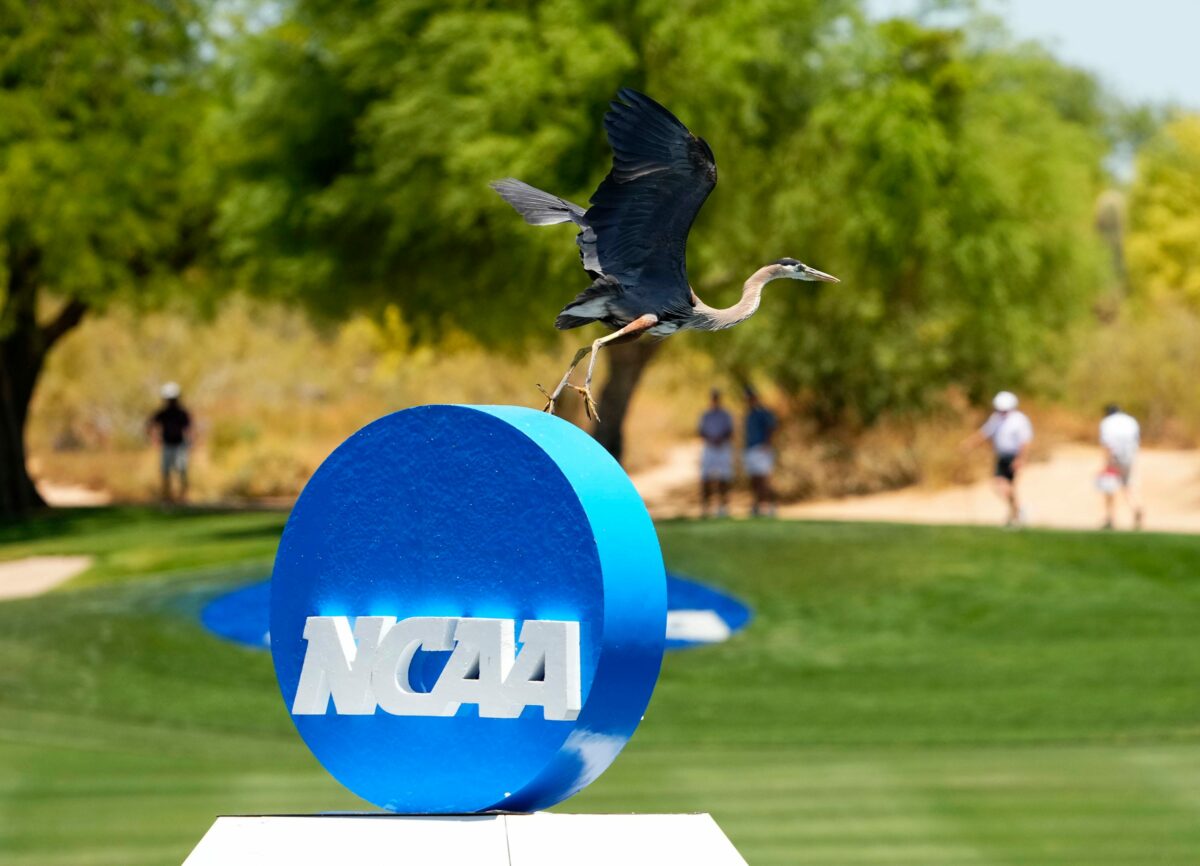Ryder Cup captain Steve Stricker and Solheim Cup captain Pat Hurst are no strangers to resiliency.
The 2020 WGCA/GCAA Virtual Member Convention has been a fitting representation of golf this year. While each looks a little different, both have been resilient.
On Wednesday, during a recorded session hosted by Golf Channel’s Steve Burkowski, U.S. Ryder Cup captain Steve Stricker and Solheim Cup captain Pat Hurst shared past experiences with facing adversity and gave a bit of advice for how coaches and players can continue to grow amid a pandemic.
“You have this dream of taking it to the next level but you never know what that means,” said Stricker. “Fortunately for me, I was able to see some success at each level. At each level I got a jolt of confidence knowing I could potentially play at that level.”
“You go through your ups and downs and you have to persevere, that’s what I did,” explained Stricker, winner of 12 PGA Tour titles. “It wasn’t always great, it took me my fourth time through qualifying school to get my Tour card, there’s always those challenges.”
The first-ever joint virtual convention began Dec. 1 and runs through Tuesday, Dec. 15. Instead of loading the schedule with hours of daily programming, events were spread out, allowing members to pick and choose various online meetings and sessions to attend, much like an a la carte menu.
Unlike Stricker, Hurst wasn’t as fortunate in the confidence department early in her professional career, despite a blistering amateur and collegiate career. The Bay Area native won the 1986 U.S. Girls’ Junior and 1990 U.S. Women’s Amateur. The year prior, Hurst was a medalist at the 1989 U.S. Women’s Amateur and won the team and individual NCAA title with San José State.
All that winning came with a price. After she left school, Hurst quit golf for a year. She had gotten to the point where she hated the game she used to love.
“I remember being out at Spyglass caddying for my now husband,” explained Hurst. “I’m at one of the most beautiful places in the world and I’m carrying his bag caddying and I’m like, ‘I hate golf. What am I doing?’”
Hurst ended up taking some time away from the game before getting the itch to return to competition. She worked her way to LPGA Rookie of the Year honors in 1995, a major championship at the 1998 ANA Inspiration and six LPGA victories. Not to mention decades of Solheim Cup experience, where she boats a 10-7-3 record (3-1-1 in singles).
As student-athletes face COVID-19 uncertainties, both captains stressed the importance of not only time, but body management, while also pointing out how the new generation of players is more prepared than ever.
“These kids start out so young, taking care of their bodies, eating right, practicing correctly, the drills that these kids do is mindblowing to me,” said Stricker. “I never did any drills, still don’t, and these kids come out on Tour with all their putting devices and drills and sticks and everything lined up just right and they’re working at it and they’re working at it correctly. They just dial it in.”
“Back in the day I don’t remember having workouts, which is kind of sad but its true,” added Hurst, who still remembers hitting balls on the football field through the uprights and picking her “range” on the soccer field. “We didn’t have study hall like they do. It’s more demanding on their time and I think it teaches them a lot of time management.”
“It’s definitely changed but for the better.”




